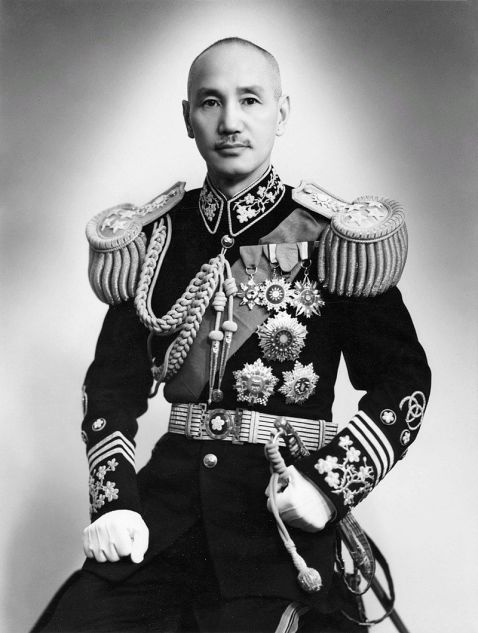On 24 June 1946, Chinese Communist leader Mao Zedong issued a protest against United States aid to the Chiang Kai-shek government. The document said: “After Japan’s surrender, the US not only did not stop, but also increased military assistance to the Kuomintang government, and under this pretext sent large contingents of military forces to Chinese territory and waters. These actions were the main reason for the outbreak, continuation and expansion of the large-scale civil war in China".
On 14 June 1946, the US State Department submitted a bill to the United States Congress to expand aid to China. Washington was extremely alarmed by Stalin’s ambitions in China. The creation of a communist regime in that country could provide the Soviets access to the inexhaustible source of labour that China possessed. In January 1946, an agreement was reached to form a Chinese government with representatives from the CPC (Communist Party of China) and the Kuomintang (the conservative Nationalist Party of China led by Chiang Kai-shek).
However, the decision to merge Chiang Kai-shek’s 50 divisions with Mao Zedong's 10 divisions into a single Chinese army and to form a coalition government in the spring, where the Communists were not allowed to by Chiang Kai-shek, resulted in a civil war.
Just as in many other subsequent cases of the Cold War period, the Soviet Union supported the Communists, and the United States backed the anti-Communist forces. However, the “unequal” Treaty of Friendship, Commerce, and Navigation between the United States and China, concluded on 4 November 1946, was a strategic mistake by the US. The peasantry supported the Communists within China. This fact ensured their victory in the civil war in 1949. All aid programmes to China were dismantled and the treaty was denounced.
Source:
Gennady Astafiev, United States Intervention in China and Its Defeat (1945-1949), Moscow, 1958.
























